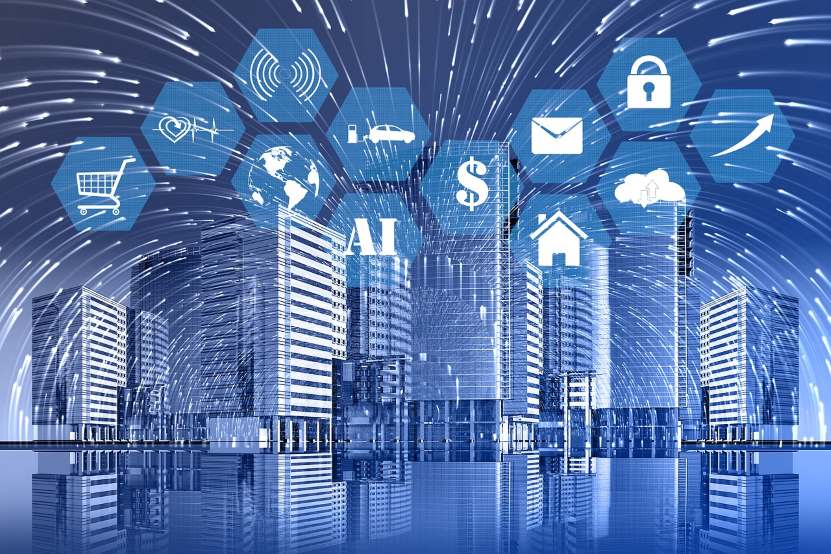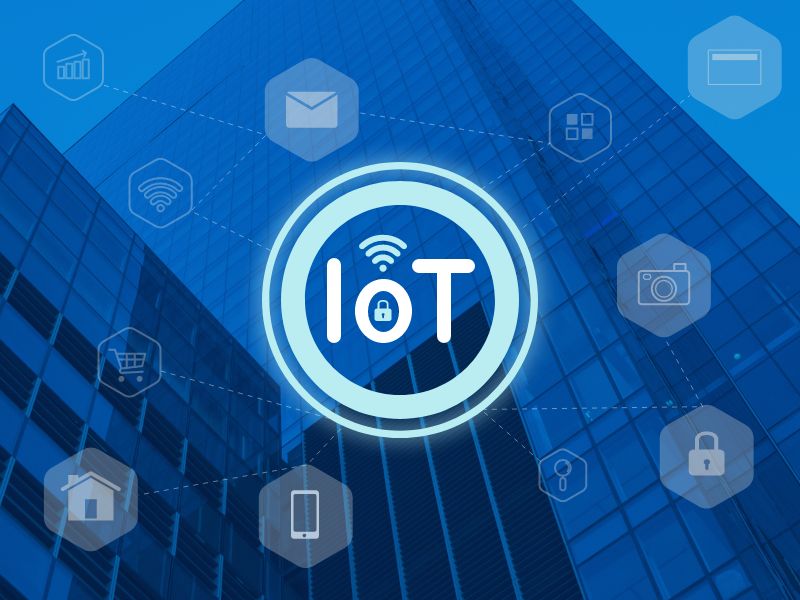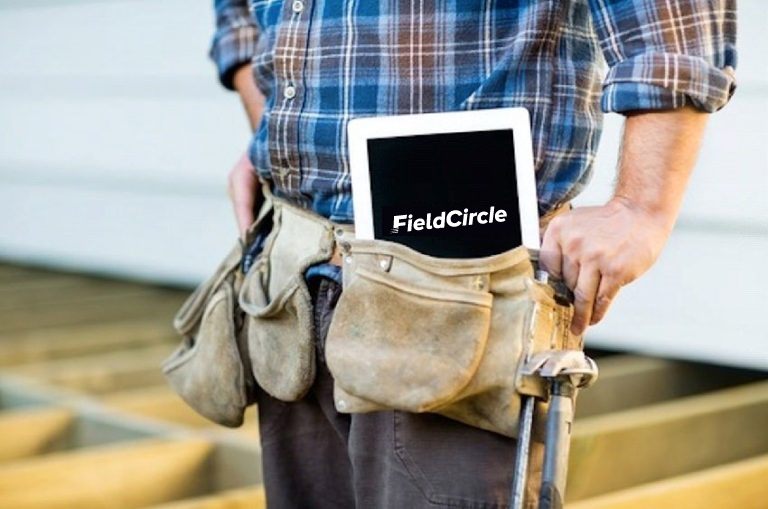9 Biggest Benefits and Impact Areas of IoT in Facility Industry

In the era of data-driven decision-making, IoT technology plays a critical role in data-driven facility management. IoT helps facility managers with insights about real-time work to optimize operations and maintenance. This can be done with the help of deploying sensors and other IoT devices throughout a facility.
By this, managers can gather data on everything from energy usage and temperature to occupancy levels and maintenance needs. This data paves the way to make data-driven decisions that optimize facility operations and improve the overall experience.
Here in this article, we will explore how IoT technology is driving data-driven facility management.
The most signification benefits of IoT to facility Industry
Following are the ways in which IoT technology helps facility managers across the globe to drive data-driven facilities.
Optimizing Space utilization
This involves the use of sensors and other IoT devices to monitor and track how people are using various spaces within a facility, such as conference rooms, workstations, and common areas. This data includes how often spaces are being used, at what times of day, and by how many people. This information is used to optimize the layout and design of the building, and enhance the overall user experience.
For example, if sensors indicate certain conference rooms are used rarely, the facility managers need to repurpose that space for another use, such as a collaborative workspace or a lounge area.
Monitoring escalator usage
Escalators are a common feature in any facility, but they can also be a major source of energy waste if they are not properly managed. IoT sensors are used to monitor escalator usage, and adjust their operation based on demand.
These insights are used to optimize the design and placement of escalators within the building, improve traffic flow, and reduce the risk of downtime due to maintenance issues.
Waste management and disposal
Waste disposal is often overlooked, but it can have significant impacts on the overall health and safety of a building. In addition, waste disposal has cost implications that can affect the bottom line of any organization.
The sensor data from IoT is used to optimize waste collection schedules, reduce the risk of overflow, and enhance the overall efficiency of waste management processes.
Controlling HVAC systems in buildings
HVAC systems are a source of energy usage in many buildings, and managing them efficiently is important to reducing energy costs. IoT is used to monitor temperature and humidity levels in different areas of a building, and adjust HVAC systems accordingly.
For example, temperature sensors placed in server rooms or other areas are vulnerable to overheating. These sensors can detect any temperature increases, enabling the system to automatically make adjustments before any damage can occur.
Tracking cameras and security devices
Security is a major concern in many facilities, and IoT technology can help managers keep a close eye on what’s happening in their buildings.
By using sensors to monitor cameras and other security devices, managers can detect and respond to potential security threats quickly and efficiently.
Monitoring the health of equipment
Equipment failure can be costly and disruptive, and keeping track of the health of equipment is important to prevent it.
IoT sensors placed in the equipment are used to monitor the health of equipment in real-time, and alert managers when maintenance is required. This allows managers to proactively schedule maintenance and minimize downtime.
Controlling energy usage
Reducing energy usage is a top priority for many facility managers, and IoT technology can help achieve this goal. By monitoring energy usage in real-time, managers can identify areas where energy waste needs to be reduced, and adjust operations accordingly.
For example, if energy usage is high during non-business hours, managers can adjust schedules or shut down non-essential systems to reduce energy usage.
Monitoring environmental factors
Environmental factors such as air quality, temperature, and humidity levels are important in ensuring the comfort and well-being of building occupants.
IoT sensors with data-driven building management systems are used to monitor these factors in real-time, and alert managers when levels fall outside of acceptable ranges. This allows managers to take action quickly, and ensure that occupants are comfortable and safe.
Tracking location of assets
Keeping track of assets within a facility is essential to ensure their availability when needed. IoT sensors can be used to track the location of assets in real time and notify when they are moved or removed from their designated location.
This allows managers to keep a close eye on valuable assets, and ensures that they are available when needed.
To Sum Up
The importance of data will continue to grow in the facility management industry. The implementation of IoT technology combined with robust facility management software helps to get data and put it into useful work.
Overall, having the right technology enables facility managers to quickly access and interpret data, identify patterns, and make data-driven decisions based on the insights gleaned from the data.
Adapt, and Adopt IoT with
Modern CAFM Software
- Increase Profitability
- Reduce Costs


